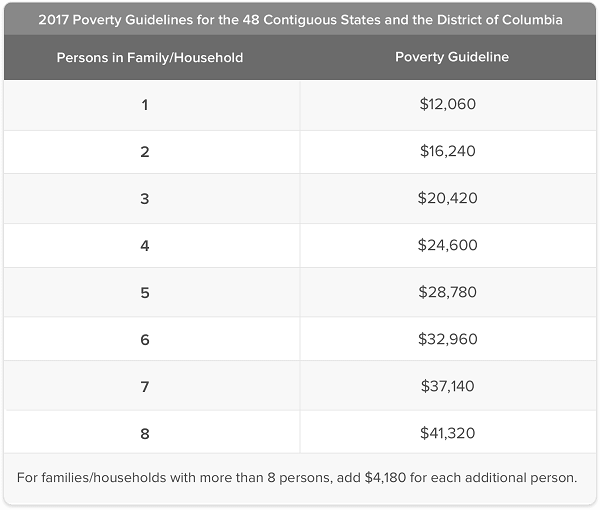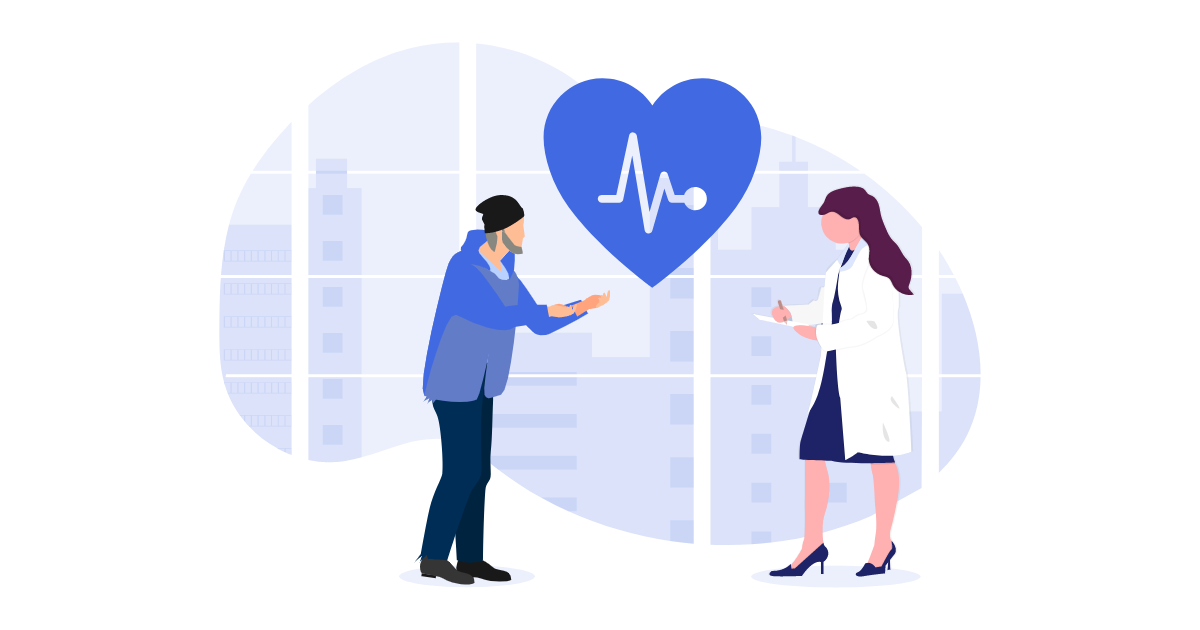The Medicaid program provides either free or very low-cost health insurance to eligible poor individuals and families. The program is provided by and run by the government. To be specific, the state and federal government jointly fund the program. The percentage of costs paid for by the state and federal government varies from state to state. For example, in 2016, Florida paid 39% of costs and the federal government paid 61%, whereas New York paid 45% of costs and the federal government paid 55%. This is different than Medicare, which is funded exclusively by the federal government.
Unlike Medicaid, ACA (Obamacare) plans are not provided by the government. The ACA is simply a healthcare legislation that helps individuals obtain more affordable health insurance plans through insurance companies. Learn more about the ACA through this article.
Medicaid Eligibility
As stated previously, Medicaid is for poor individuals and families. The amount of annual income that counts as “poor” varies from state to state. The Federal Poverty Line (FPL) is a guideline for determining poverty.

The chart above shows the FPL for 2017. The FPL changes from year to year.
One key component of the ACA was the expansion of Medicaid eligibility. Medicaid was to be expanded to allow individuals and families with an annual income below 138% of the FPL to be eligible. However, the Supreme Court gave states the choice to opt out of the expansion. Therefore, eligibility differs based on whether or not a state has expanded Medicaid coverage.
- If a state has expanded coverage, and an individual’s annual income is less than 138% of the FPL, he or she qualifies based solely on the annual income level.
- If a state has not expanded coverage, and an individual’s annual income is less than 100% of the FPL, he or she might qualify (based on the state’s eligibility requirements).

